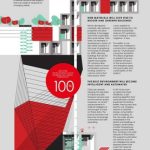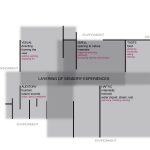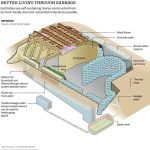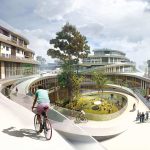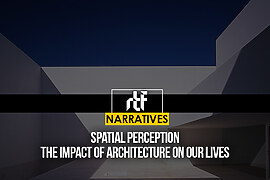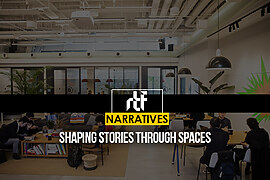Experiences are subjective, as to each space inhabited, the users bring in their own memories and associations along. Architecture, being an evoker of experiences and emotion can therefore be a subjective phenomenon. Given the diversity of our cultural and social being, how humans across the planet understand and interpret a space is thus varied. In this light, architecture will always be an eclectic palette. Over the years, a certain “style” of building may have defined a particular period in history, however, today, when the world is interconnected with technology and transport, the layers of variety in style are merging.
Contrasts in style can co-exist, although not always in visual harmony. Futuristic ideas are necessary to sensitize our approach to and understanding of design. While the ideas themselves are key in determining the type of buildings we will construct in the future, we must also remember the basis of the ideas. Are they considerate of the climatic condition of our planet or are they simply a display of technological might?
The direction of architecture | New Routes
An infographic by the Economist lists six points outlining the direction of the future of architecture:
- Robots will augment the construction workforce
- Flexible design will extend the lifespan of infrastructure
- New Materials will give rise to bigger and greener buildings
- The built environment will become intelligent and automated
- Driverless vehicles will reshape our cities

The level of comfort offered by a space is a vital measuring factor of how efficient it is. In terms of need, little changes over time for a human being. We constantly swing from need to greed and back. Thus human comfort is a wavering element to base design on. Instead, in the current global environmental crisis, the impact a built structure has on the natural world should be the most important factor to consider. From these concerns arise eco-friendly buildings, green architecture, flexible buildings and other such attempts at reducing the load on the environment. Today, with the dire lack of habitable land, nuclear, self-sustainable modules are being developed for living. These modules integrate green and gray, allowing humans to enjoy the comfort of nature and the benefits of machinery.
Comfort of spaces
Comfort is also determined by the resistance a designed environment offers to our growing problems. According to studies, behavioral changes are driven not only by an individual’s willpower and desire but also by the stimulating cues in the environment. Becoming accustomed to a particular type of building and space can lead one to believe that it is the only way to be. To avoid rigidity and break free from the shackles of pre-conceived space definitions, it is important for architecture to constantly evolve. With growing awareness toward mental health issues in our world today, we realise the importance of users designing their own spaces. One aspect of Flexible architecture is creating movable walls, open floor plans and multi-purpose spaces. Another vital aspect of flexibility is the freedom offered by the space to the user. An architect is instrumental in creating a framework and acting as a guiding light for a particular environment, but it is the user who ultimately moulds the space to suit their requirements. Futuristic architecture lies in tackling the issue of having everything pre-defined and obvious; design when subtle, allows creativity to flourish.
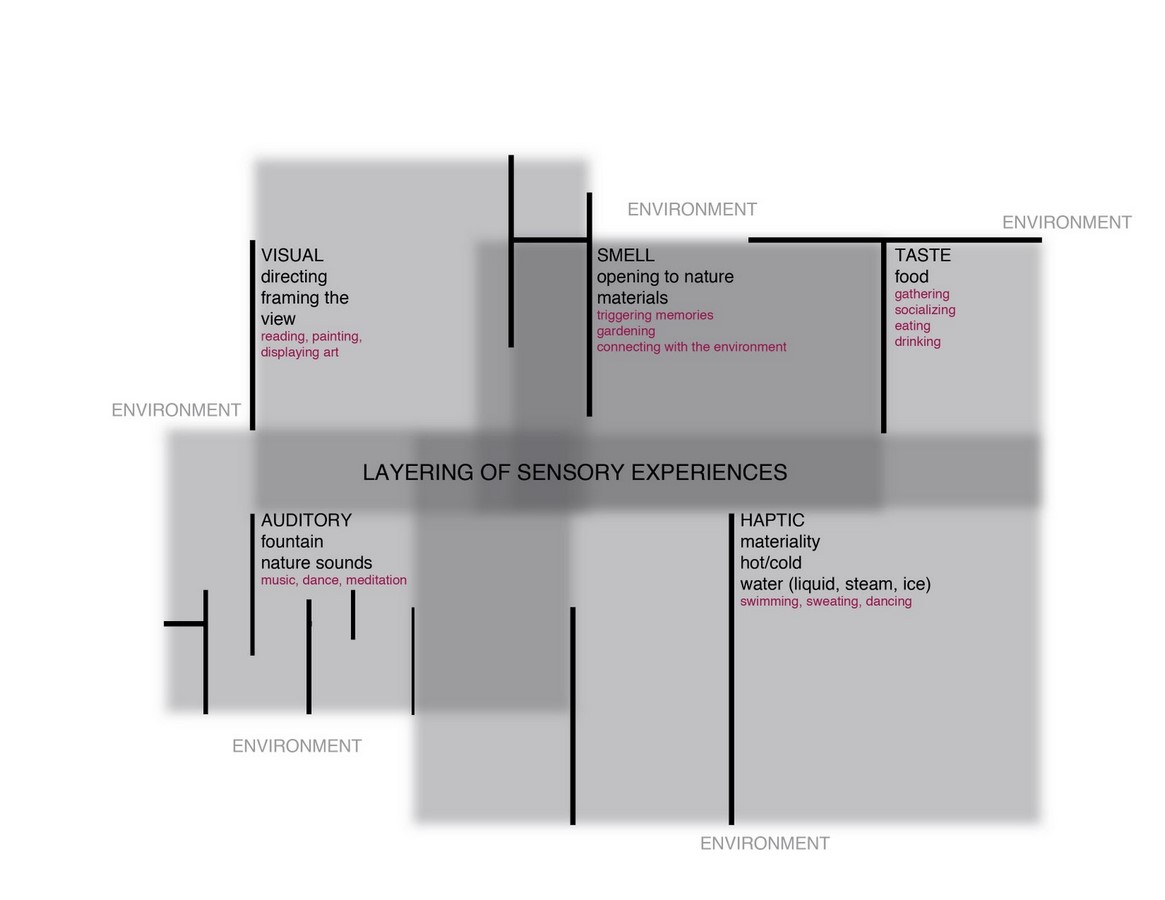
Some advocates of alternative architecture have rethought the very approach towards design. This results in a completely new kind of structure. One such example are the Earthships by Michael Reynolds in the desert of New Mexico. Earthships employ walls of earth-filled car tyres which are sufficiently thick to keep the interiors warm in winter and keep the temperature down in the summer. The wall structure can be modified for other climates, and Earthships with concrete, sand-bag or adobe walls have been built in various locations.
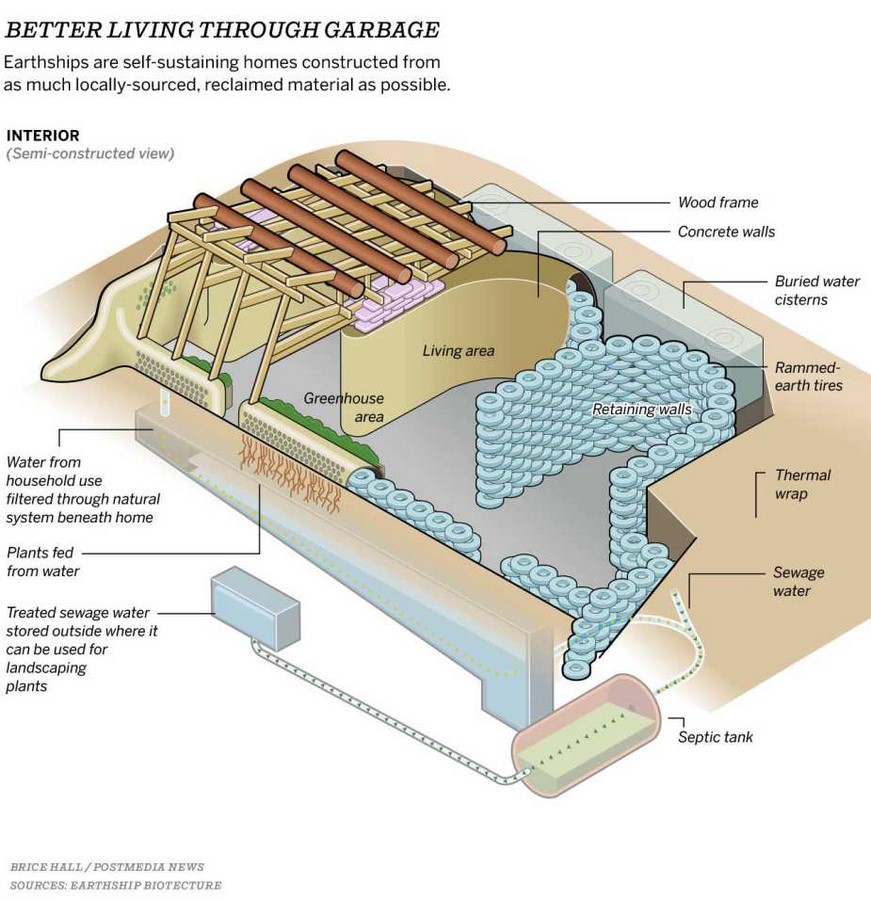
Moving ahead | New Routes
A plethora of fresh ideas are brewing in the current architectural scenario. A building is designed with a range of factors that influence its usability and appeal. One of these is the movement through the space. While the car and elevator have respectively defined horizontal and vertical movement through the city fabric, architects are now exploring diagonal movements. An example of this study is the urban shelf concept by Max Schwitalla. An urban designer from Germany, he focuses on the intersection between urban mobility and architecture. His ideas create neighbourhoods that set a context for the users. He aims at building a powerful public transportation network and conceiving connected neighbourhoods by focusing on the human scale. The creation of mobile hubs allows flexibility in use.

Architects are responding to the growing issues of carbon emissions, energy consumption and climate change. The resulting green architecture is partly about adopting the right materials and technologies. Adopting a module-based “fits all” approach creates alien-like structures that do not create a dialogue with the context.
As futuristic as ideas may be, it is necessary to remember the fundamentals of building such as orientation and sensitivity to site.
Reference list
Books:
Wilkinson, P. (2010). 50 Architecture Ideas You Really Need to Know. London: Quercus
Youtube Videos:
Free Documentary. (2021). Flexible Buildings: The Future of Architecture | Free Documentary. [YouTube video]. Available at: https://www.youtube.com/watch?v=sw9zpH717ts [Accessed 10 August 2021].
Website:
Design Wanted. (2019). https://designwanted.com/architecture/max-schwitalla-interview/








